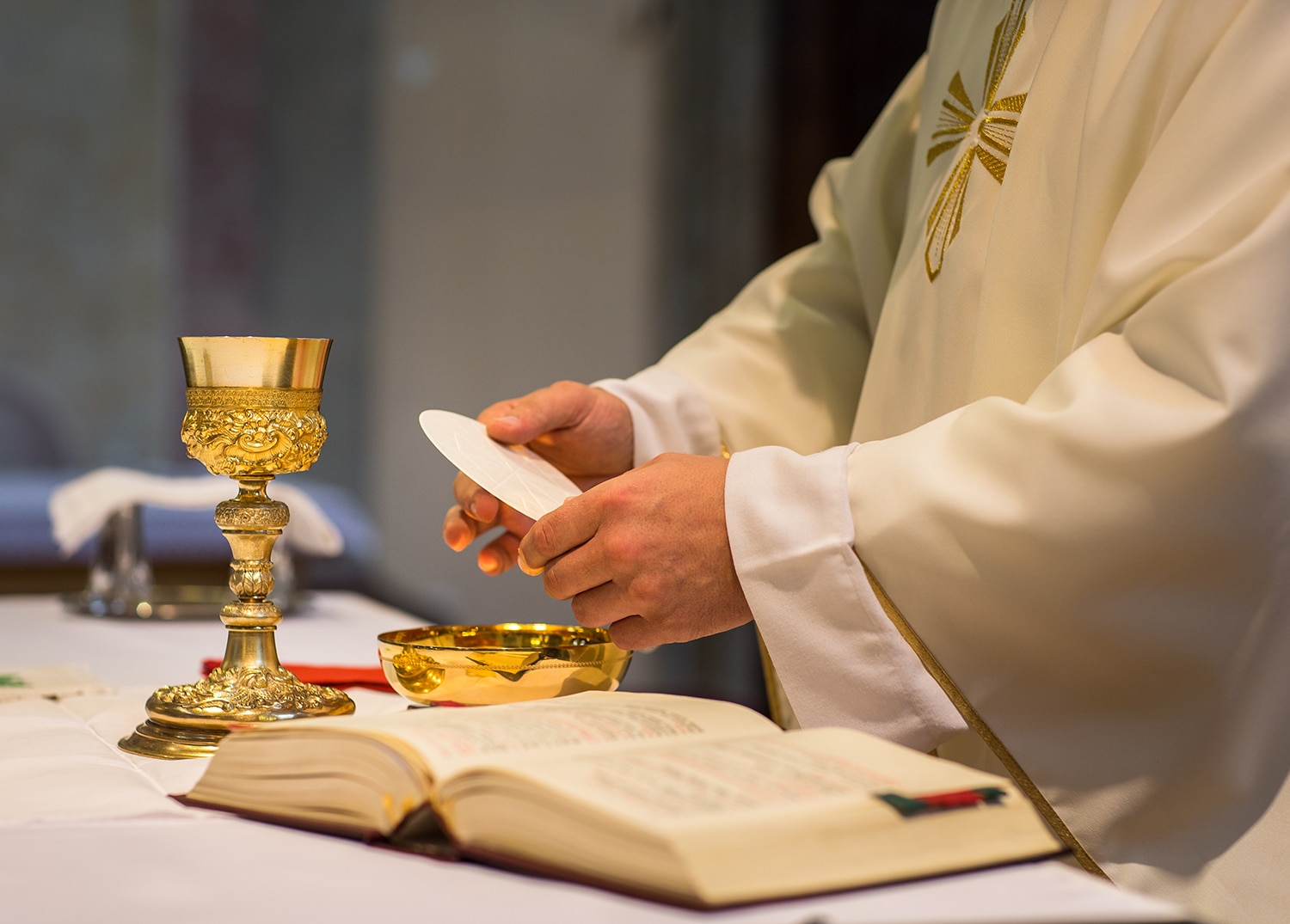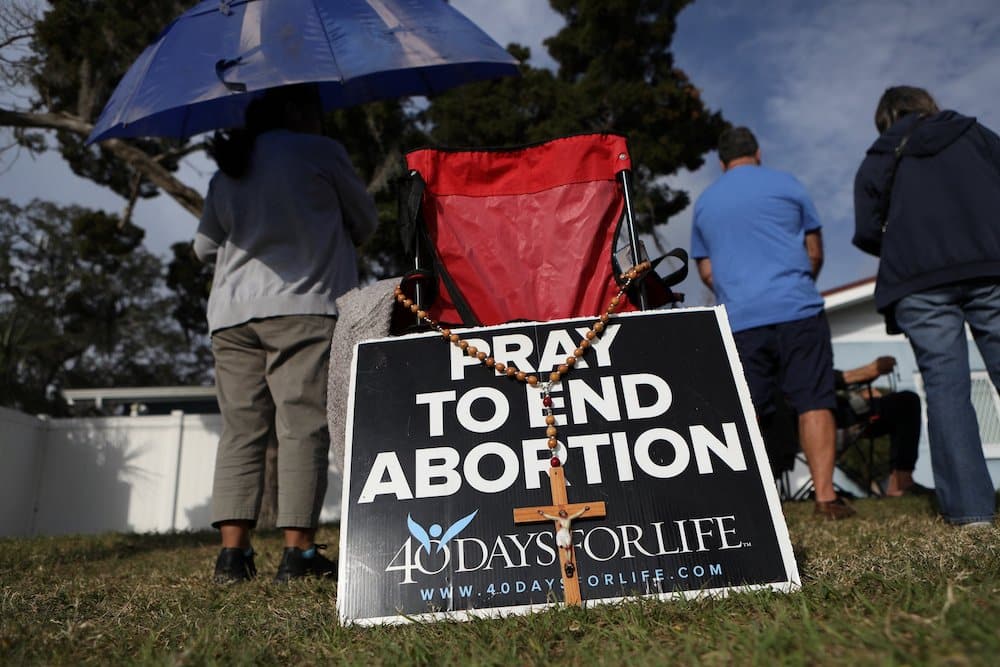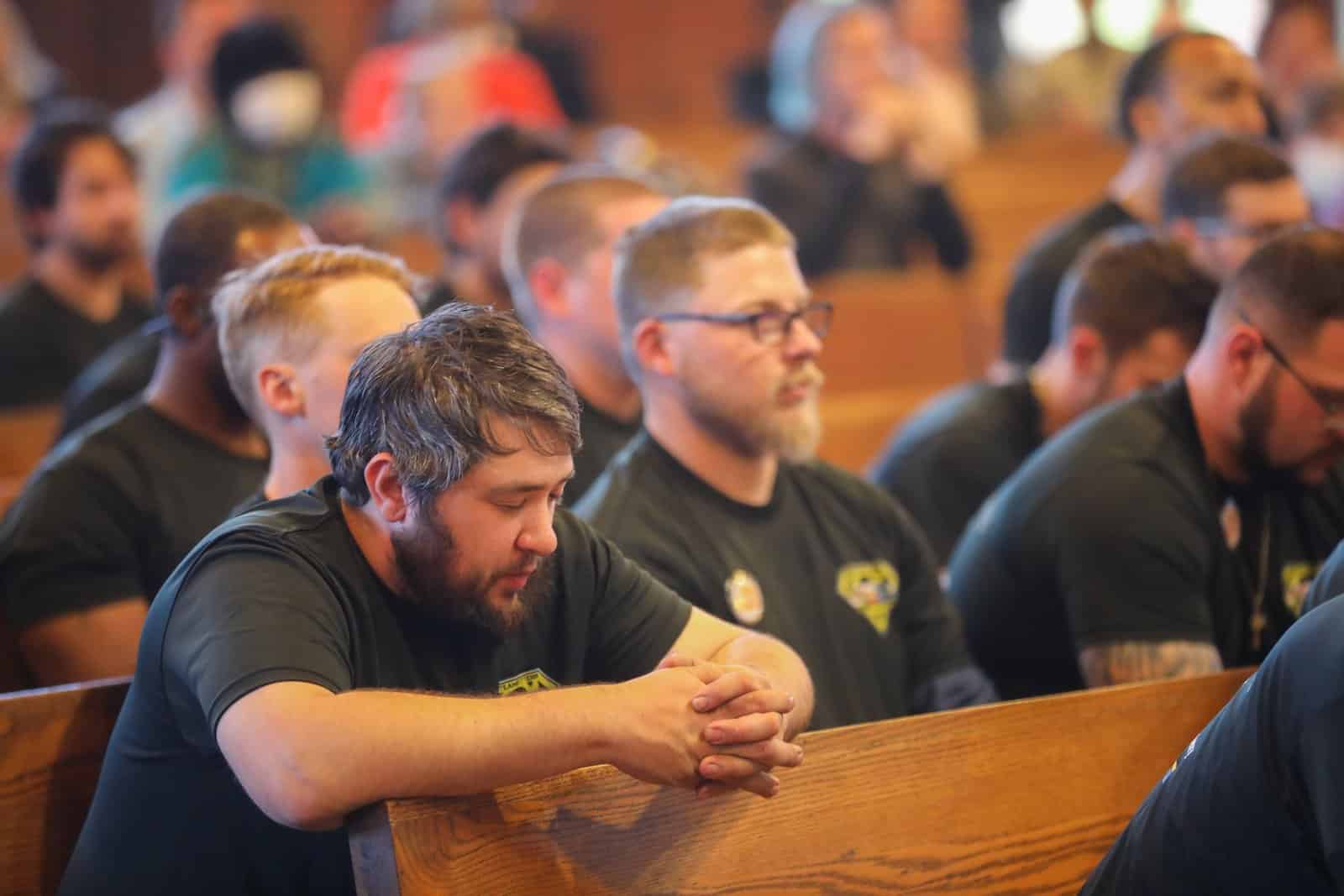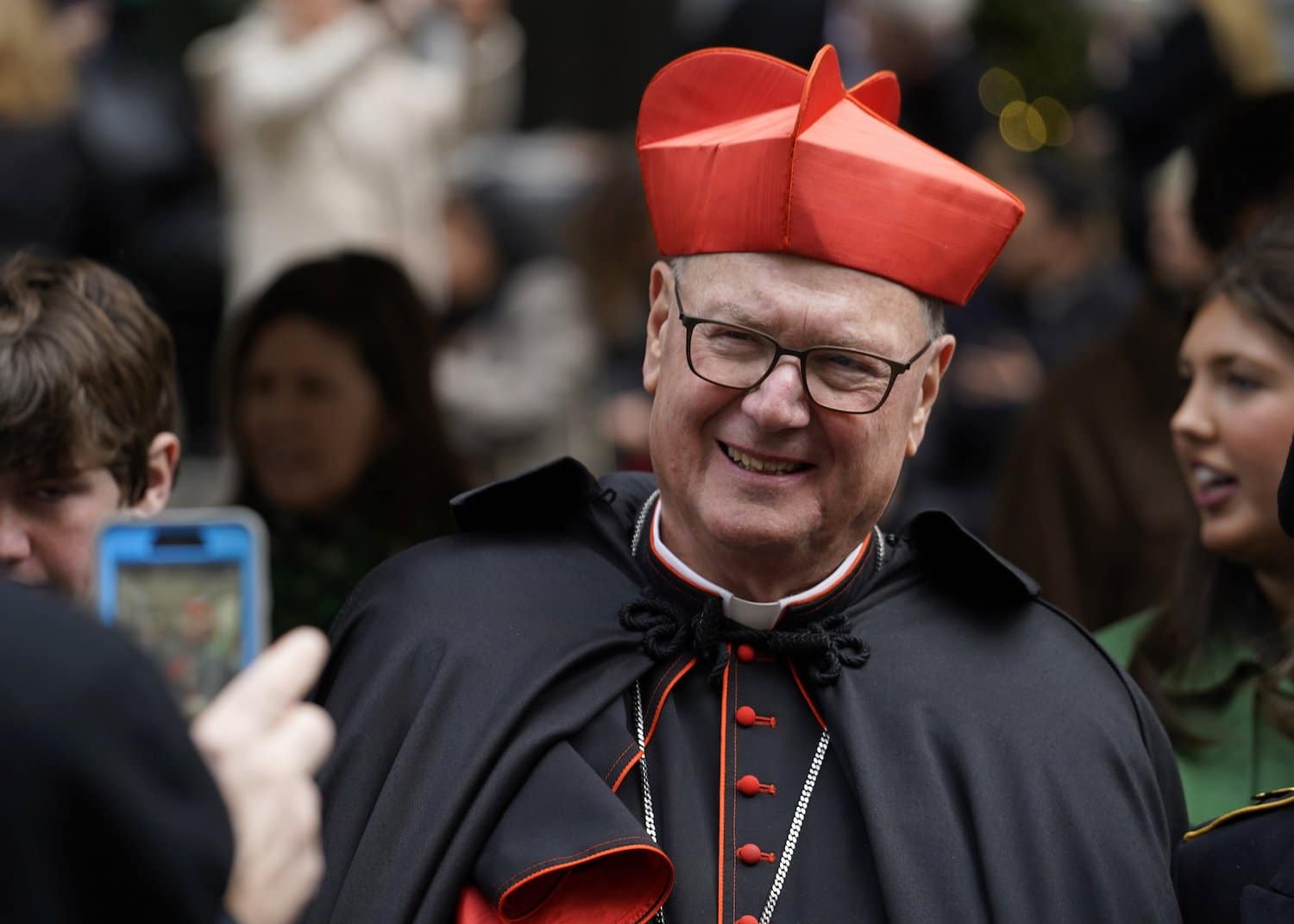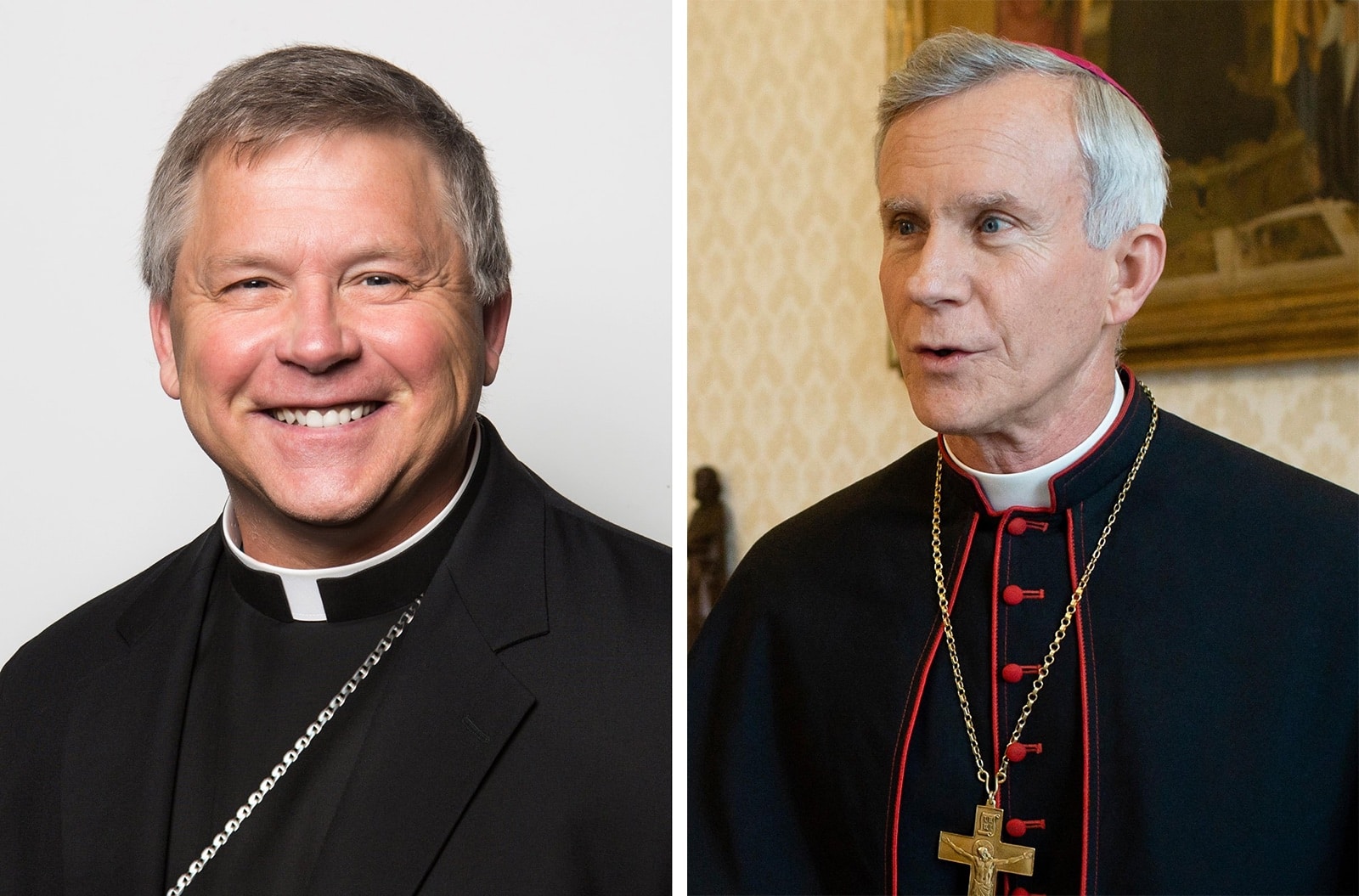“It is in the present that we live,” wrote Owen Barfield, the philosopher-poet friend of C.S. Lewis and J.R.R. Tolkien. Unlike his fellow Inklings, Barfield was never fully an orthodox Christian, but like Lewis and Tolkien, I have found that his writings have helped me to become a better one.
Barfield, to the best of my knowledge, never described himself as such, but his approach to philosophy was phenomenological — that is, he looked at the world from the inside out, recognizing that our knowledge of the world can only flow from our participation in it. We cannot truly know anything unless and until we experience it.
Making the past present at Mass
And yet, of course, there is much that we know that we have never directly experienced. We live in the present, but the past is alive to us, because history (as the Catholic historian John Lukacs, a correspondent, if not a friend, of Barfield, put it) is “the remembered past.” Indeed, as C.S. Lewis himself wrote, the past is the only thing we know. The future has not happened yet, and we know the present only as it slips into the past.
All knowledge, then, is, at its essence, the making of the past present once more through the creative act of our imagination. The Greeks called this process anamnesis, a word that is commonly translated into English as “remembering,” but that translation does not do the original word justice. Anamnesis means to remember something in such a way as to make it present once again here and now, so that we may participate in what is remembered.
If that sounds familiar, it should, because this is what we do at every Eucharistic liturgy. “Do this in memory of me,” Christ said at the Last Supper, and says again through the voice of the priest at every Mass and Divine Liturgy celebrated yesterday, today and forever. The early Christians even called the central act of the Mass the anamnesis, the remembering or re-presenting of Christ’s sacrifice here and now, so that we may unite ourselves to that sacrifice and die with Christ, in order that we may rise again with him.
Our participation in renewal
A month or so ago, I wrote in this space about the penitential rite of Mass, about how, in order to “prepare ourselves to celebrate the sacred mysteries,” we begin by calling to mind our sins. We cannot truly enter into Christ’s sacrifice until we recognize and acknowledge the role that our own sins have played in making that sacrifice necessary. As Barfield writes in “History, Guilt and Habit,” “The antidote to wrongs done in the past is restitution. But the only antidote to feelings of guilt [emphasis in the original], whether individual or collective, is repentance.” The French phenomenologist Paul Ricoeur, he writes, “reminds us that in the Old Testament there is no abstract word for repentance, only the symbol of ‘returning.’ And it is such a returning to the source from which we have cut ourselves off — or, in an older idiom, from which we have ‘fallen’ — that I believe is needed.”
This returning is “Not of course a literal returning to the past by way of H.G. Wells’s time-machine, but a return by re-experiencing the past in the present.” This is the very heart of the Eucharistic liturgy, which begins in repentance, makes Christ’s sacrifice present to us here and now, and ends in renewal. Christ’s passion, as Blessed Carlo Acutis perceptively noted, continually re-creates the world that we continually destroy through our sin. Through the Mass, through the Divine Liturgy, through our participation in and reception of the Eucharist, we can repent of our sins, return to Christ, unite ourselves to his sacrifice and join with him in re-creating the world.
The Russian philosopher and theologian Nicolas Berdyaev spoke of the “triumph of memory over the spirit of corruption.” This is the essential act of every Eucharistic liturgy. By making Christ’s sacrifice present here and now, by remembering it in a way that allows us to participate in it, we experience metanoia, another Greek word adopted by the early Christians to describe the continual process of repentance and conversion through which we return to the source of life, to the God who is the Father of Christ Jesus and who sent his Son to save us and to help us remember that only in him do we “live and move and have our being.”

